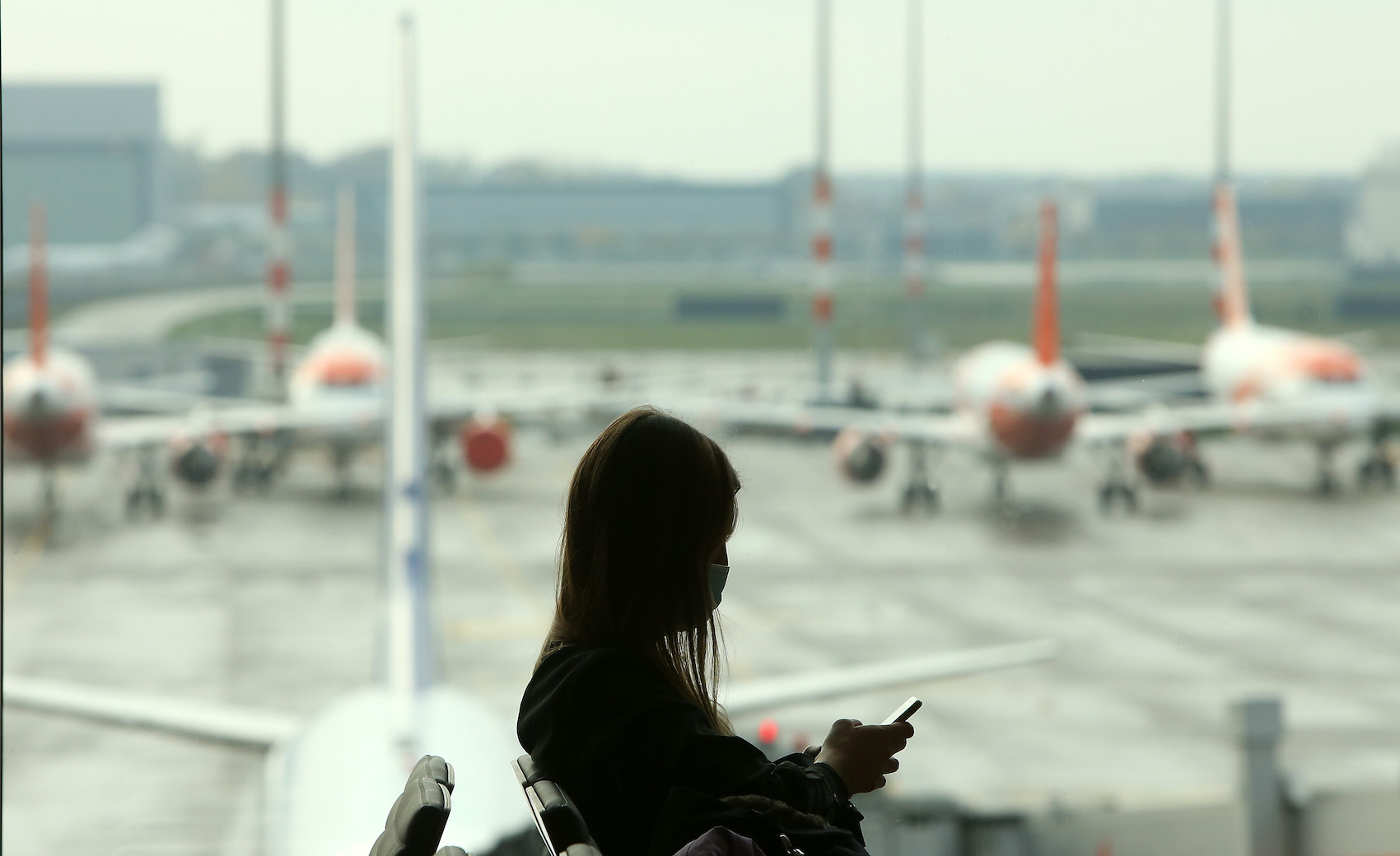New data shows that incidents involving lithium batteries overheating on airplanes have increased in the last five years, according to a report by UL Standards and Engagement (ULSE), a nonprofit that advocates for worldwide safety standards.
Headquartered in Illinois, ULSE is an accredited standards developer in the United States and Canada, which is also authorized to develop national standards in Mexico, according to its website.
According to the Sept. 8 report, recent data through the Thermal Runaway Incident Program (TRIP) show that incidents involving lithium-ion batteries overheating, catching fire, or exploding increased by 28 percent from 2019 to 2023.
Through the program, airline professionals voluntarily report battery-related incidents through an online portal. A group of airlines began recording such incidents informally in 2017 before outsourcing them to ULSE, and 35 airlines are now participating, according to the report.
Averaging two incidents per week among 180,000 U.S. flights, incidents are rare but have peaked since data collection began in 2019, according to ULSE.
Electronic cigarettes, or so-called vapes, recorded the most incidents in 2023, accounting for 35 percent of all cases. Power banks were placed second, representing 16 percent, according to the report.
About 60 percent of incidents occurred near a passenger’s seat and were addressed mostly when batteries showed warning signs, for 85 percent of incidents, which include overheating and smoking, which occurs before the device overheats uncontrollably in a process described as a thermal runaway. Explosions or fires weren’t preventable for 15 percent of such incidents in 2023, as of the recent data.
Data collected by the Federal Aviation Admission (FAA) shows a 42 percent increase in incidents during the same period in ULSE’s report, which was recorded through mandated federal reporting.
Data collected through TRIP included incidents in the terminal, bag checking, security checkpoints, and near baggage claims, while the FAA only included incidents onboard aircraft.
Last year’s data also found new incidents from technology not found in previous years’ data, including rechargeable breast pumps, thermoses, personal fans, and soldering irons.
“As these new devices enter the market and passengers bring them on board airplanes, the risk of thermal runaway follows accordingly,” researchers wrote in the report.
The causes for most thermal runaway incidents weren’t reported by flight crews about 90 percent of the time, but generally, they happened after a battery was crushed, compressed, or made contact with something.
Less than five percent of all passengers board their flights without a lithium-ion powered device, with the average traveler carrying four devices, according to the report.
They said the “ubiquity and necessity” of such devices make it near impossible for airlines to impose restrictions on them despite the potential dangers.
“Passengers are expecting the luxuries of home, of having access to your computer, iPad, a phone, and everything at the same time, and sometimes using a charging block to charge everything at one time,” one airline flight attendant told researchers, which was highlighted in the report.
According to another flight attendant interviewed by ULSE, attendants try to avoid scaring passengers when addressing safety measures for such devices.
“We make an announcement that if you drop your device in a seat, do not move your seat… but they don’t say because it could catch on fire,” she said. “We’re giving them small pieces of data without any context.”
Power banks and vapes accounted for the most frequent devices put in checked luggage, with 27 percent of passengers surveyed reporting they checked a power bank and 27 percent reporting the same for vapes.
Although not required by the FAA, bags capable of concealing smoke, flames, and off-gassing from battery fires have since been developed. At the request of the aviation industry, ULSE developed a safety standard for testing such bags.
ULSE also developed a safety standard for “ground support equipment” operating near aircraft, such as forklifts, which was published in 2022.
A standard for systems to put out cargo fires is in development.

